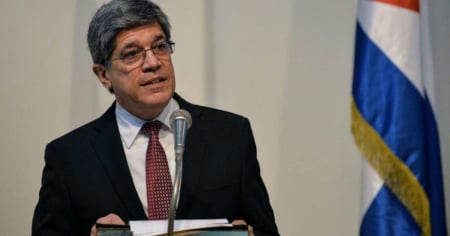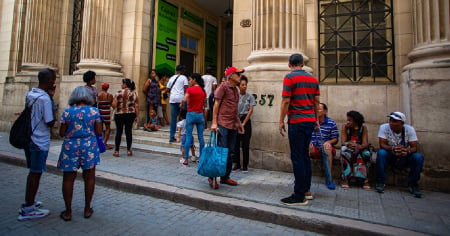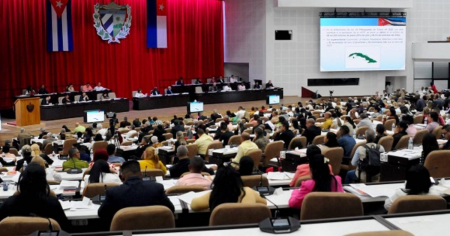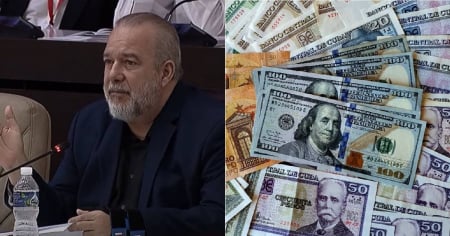
Related videos:
Three workgroups from the Electric Company of Havana are engaged in restoring the lighting in the areas surrounding the Anti-Imperialist Tribune, located in the Plaza de la Revolución municipality. This is part of the preparations for the "March of the Combatant People" called for by the Cuban leader Miguel Díaz-Canel.
On the social network Facebook, the entity announced the operation ahead of the mobilization scheduled for December 20, following the closure of the National Assembly of People's Power session.
According to Díaz-Canel, this mobilization aims to reaffirm popular support for the government amidst the worst economic crisis the country is facing.
"Yes, there is a blockade, yes the blockade has intensified, yes there is an economic war, yes we are despised, and yes we are poisoned with hate on social media... In response to this hostile policy, we call on the heroic Cuban people to a combat march," the leader and first secretary of the Communist Party of Cuba (PCC) stated.
Preparations and symbolism
The repair of streetlights at the Anti-imperialist Tribune does not go unnoticed, as this location is iconic for government gatherings. The effort to improve the infrastructure reflects the significance the government places on this march, seen as a symbolic act to reaffirm its authority amid social discontent and the economic crisis.
This call comes in an environment characterized by a scarcity of resources, increasing social tensions, and criticism of the management of the communist regime, which continues to attribute most internal problems to the U.S. embargo and a supposed "economic war" waged from abroad.
Additionally, the march will serve as a gauge to measure popular support at a crucial moment for the regime.
A propaganda event conceived by the Great Dictator
The "March of the Fighting People" is a concept that dates back to 1980, when the dictator Fidel Castro organized massive demonstrations to suppress those seeking asylum in the Peruvian embassy, marking the beginning of the Mariel exodus.
Those demonstrations were characterized by the violence instigated by the regime's institutions, the acts of repudiation, and slogans such as "We don't want them, we don't need them," "Out with the traitors," and "Let the scum go!" This established a dark precedent in Cuba's historical memory.
Orchestrated through large forced mobilizations of military personnel, workers, and students, these marches—requiring scarce resources in Cuba, such as public transportation and fuel—have been designed as propaganda events that typically do not attract the children and privileged members of the Communist elite.
Frequently Asked Questions about the March of the Fighting People in Cuba
What is the March of the Fighting People called by Díaz-Canel?
The March of the Fighting People is an event called by Cuban leader Miguel Díaz-Canel to reaffirm popular support for the government amid a severe economic crisis. It dates back to 1980, when Fidel Castro organized demonstrations for propaganda purposes.
Why are the lights being repaired at the Anti-Imperialist Tribune?
The repair of streetlights at the Anti-Imperialist Tribune is part of the preparations for the March of the Combatant People. This effort reflects the symbolic importance that the government assigns to the event in the current context of social discontent and economic crisis in Cuba.
What criticism is the Cuban government facing for calling this march?
The call for the event has been criticized both domestically and internationally for allocating significant resources to a propaganda event while the population suffers from shortages of food, medicine, and power outages. The use of resources for the march is seen as a disconnect between government priorities and the needs of the people.
How has the Cuban population reacted to the march?
The predominant reaction on social media has been one of frustration and outrage. Many Cubans question the usefulness of the march amid a severe economic crisis, perceiving it as an attempt to divert attention from government management. There is criticism regarding the use of resources for a political event instead of addressing more urgent issues.
Filed under:





